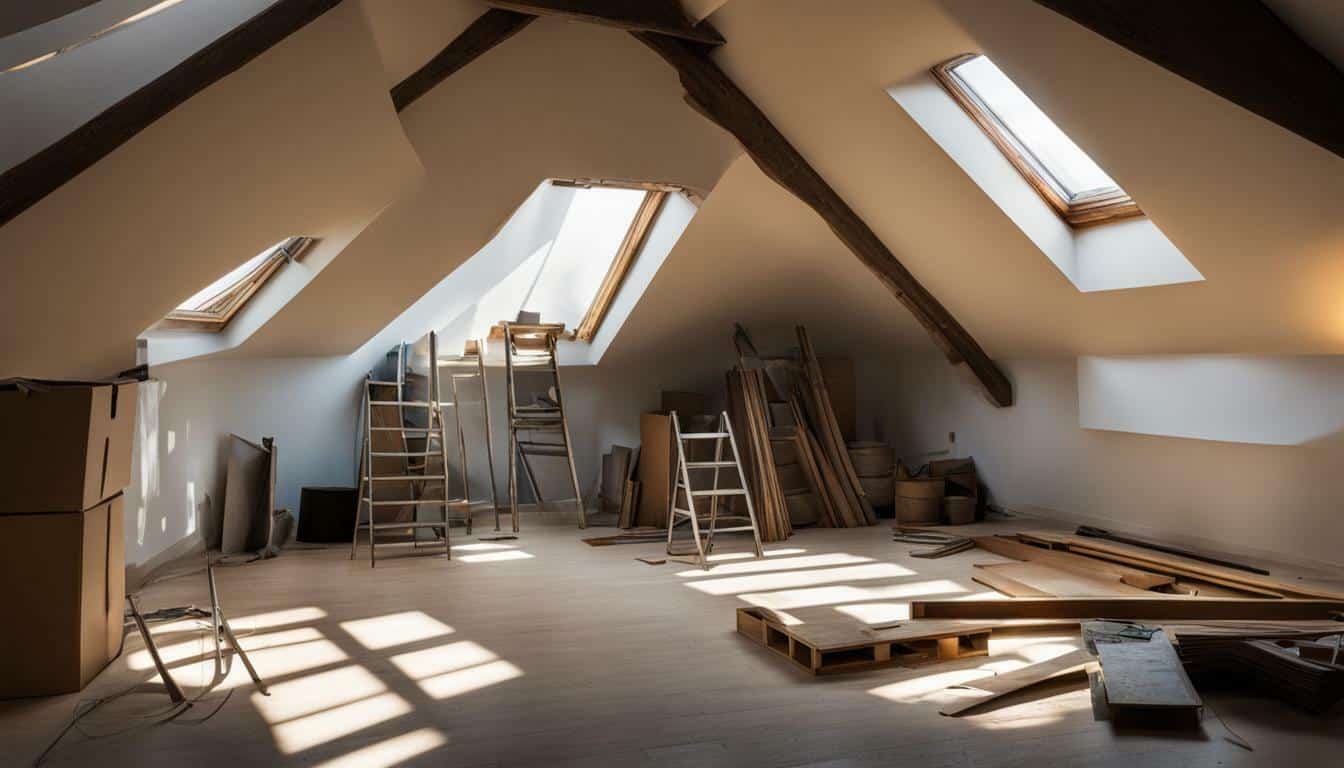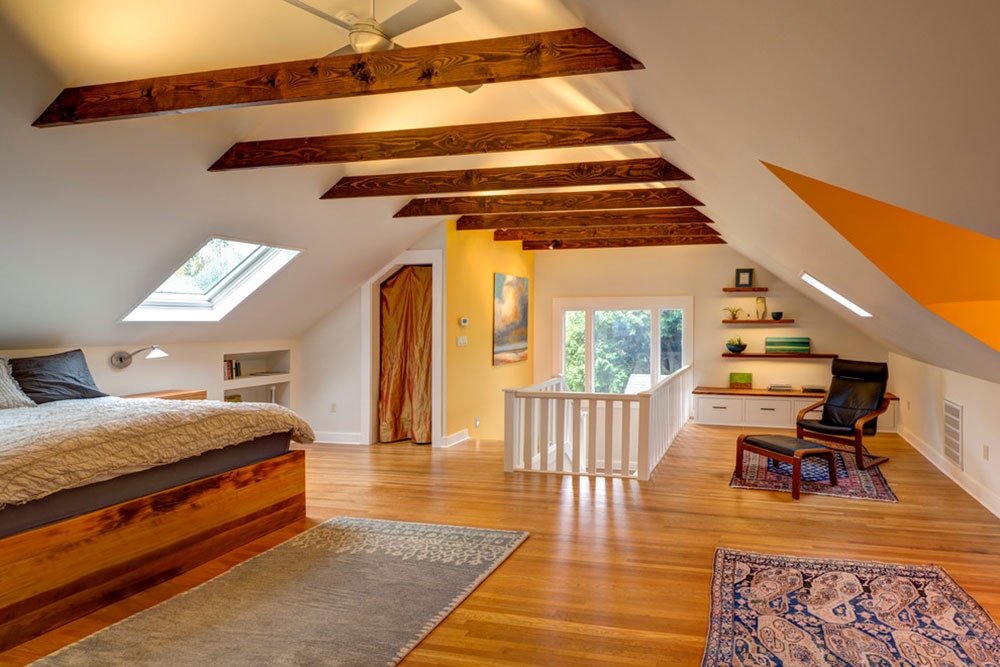
Understanding the Basics of Passive House Design
As global concerns about climate change and energy consumption grow, the concept of passive house design increasingly captures the attention of homeowners and developers. At its core, a passive house aims to reduce its ecological footprint by being energy-efficient and requiring minimal heating or cooling effort. Before diving into the pros and cons of passive house design, its essential to understand what this approach entails.
What Makes Passive Homes Unique?
Passive homes are designed with strict energy efficiency standards in mind. They often feature advanced insulation, triple-glazed windows, and strategic site placement. The primary goal is to maintain a comfortable interior climate without relying heavily on conventional heating or cooling systems. This results in significantly reduced energy bills and a more environmentally friendly home.
The Pros of Passive House Design
Energy Efficiency
One of the most enticing advantages of passive house design is unparalleled energy efficiency. By using natural resources like sunlight and leveraging building orientation, passive homes can use up to 90% less energy for heating and cooling compared to traditional homes.
Cost Savings
While the initial investment might be higher, passive homes often lead to significant cost savings over time. Reduced energy consumption translates directly into lower utility bills. In some cases, the savings can offset the upfront construction costs within just a few years.
Improved Air Quality
These homes are constructed to have minimal air leakage, which, when combined with a high-performance ventilation system, ensures a constant supply of fresh, filtered air. This results in better indoor air quality and a healthier living environment.
Sustainability
By reducing reliance on fossil fuels and minimizing energy consumption, passive homes significantly contribute to sustainability. Embracing eco-friendly practices helps in conserving natural resources and promotes environmental harmony.
The Cons of Passive House Design
Initial Costs
An important consideration is the higher upfront cost. Achieving the standards required for passive house certification typically involves premium materials that can increase initial expenses. For some homeowners, this may seem like a financial deterrent.
Design Constraints
Due to its unique approach, the aesthetics and design of passive homes may be constrained by their need to optimize energy efficiency. This can somewhat limit the architectural creativity typically afforded in traditional builds.
Complexity in Retrofitting
While building a new passive house is one thing, applying passive design principles to an existing structure is significantly more challenging. Retrofitting requires precise calculations and might lead to high expenses, often deemed impractical in some older structures.
Time Investment
Designing and constructing a passive house is not a rushed process. The necessary planning, sourcing of materials, and building can take a prolonged time compared to typical home construction projects. Patience is key.
Enhancing the Efficiency of Your Passive House
To maximize the benefits of a passive house, pairing it with other green construction strategies can be highly effective. Integrating renewable energy sources such as solar panels or wind turbines further reduces dependency on external energy supplies.
Is a Passive House Right for You?
When pondering whether a passive house is the right choice, consider your priorities around budget, sustainability, and long-term investment. For those committed to reducing their carbon footprint and maintaining lower utility bills, the benefits often outweigh the drawbacks.
Conclusion
While the pros and cons of passive house design present a mixed picture, the overarching narrative is one of innovation and sustainable advancement. Embracing this approach signals a forward-thinking mindset grounded in environmental responsibility.

FAQs About Passive House Design
Q1: Are passive houses only for cold climates?
No, passive house principles apply universally and can be adapted to any climate, including warmer regions, to optimize energy use throughout the year.
Q2: Do passive houses require special maintenance?
Generally, passive houses don’t require special maintenance beyond what regular homes need. However, attention should be paid to ventilation systems to ensure optimal performance and air quality.
Q3: How does a passive house compare to a LEED-certified home?
While both prioritize energy efficiency and sustainability, a passive house focuses specifically on energy usage, whereas LEED certification encompasses broader environmental and sustainable building standards.
This article contains affiliate links. We may earn a commission at no extra cost to you.




